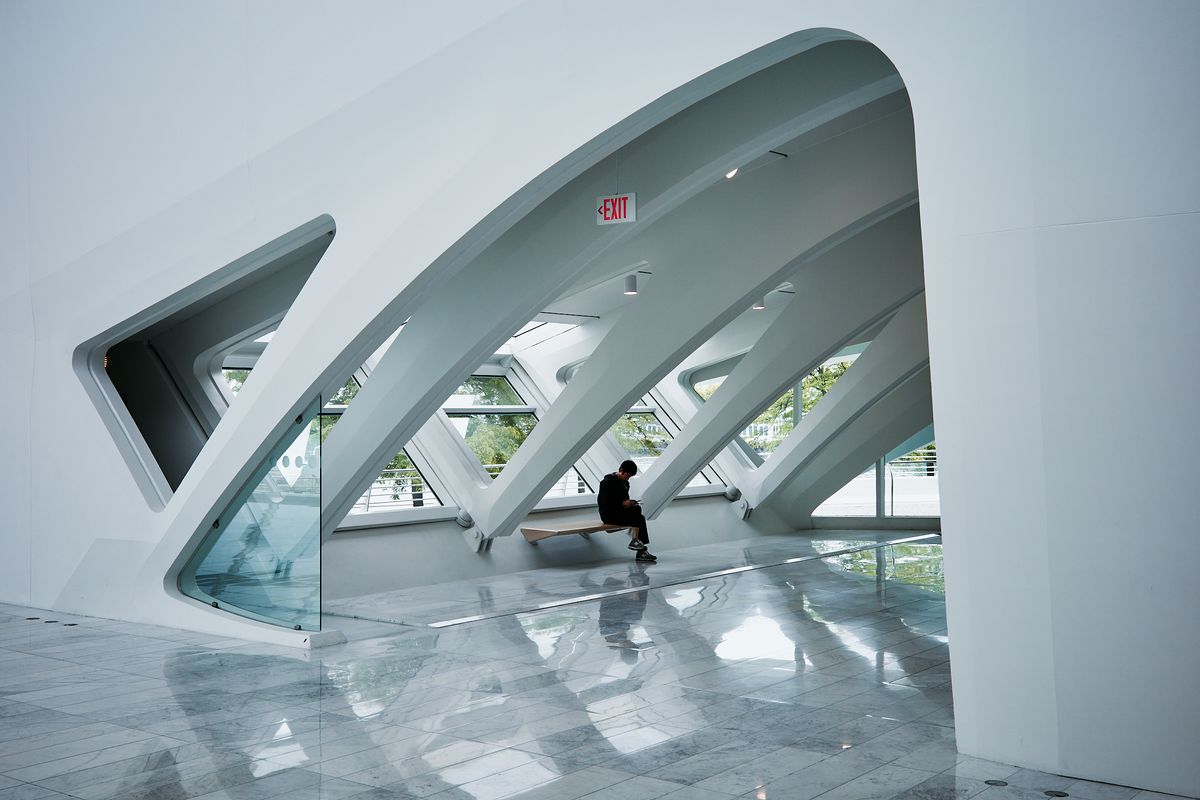The Evolution Of My Gear In 2023: Ricoh GR IIIx And Hasselblad 500 C/M
This year I acquired two new cameras: a digital point-and-shoot, Ricoh GR IIIx, and a medium format film camera, Hasselblad 500 C/M. Here's why I got them and how it's been working out.

Ricoh GR IIIx
Ricoh GR IIIx was an experimental purchase at the start of the year. On a surface, it doesn't sound impressive: a relatively expensive, fragile camera with a fixed 40mm-equivalent lens and a small APS-C sensor.

Why did I get it? I was looking for a pocketable and inconspicuous camera that I could take with me wherever I go and that people wouldn't even pay attention to. My goal was to use it for documenting my daily life, trips, and urban scenes, while traveling light or even without a backpack.

Turns out that Ricoh GR IIIx was a phenomenal choice. It's smaller (but thicker) than an iPhone, it slips into a jeans or jacket pocket, and people think you're just a tourist with a toy camera (that's a good thing). Yet, it delivers fantastic results. The lens is extremely sharp, and I love the fact that it's a fixed focal length. The 24-megapixel sensor is better than sensors in all of my previous cameras, except the latest full-frame Sony A7R III. The image stabilization feature lets me easily shoot handheld at 1/20s or even longer shutter speeds.
The camera is exactly what I had been looking for and it quickly replaced my full-frame Sony as the most used camera.

Hasselblad 500 C/M and lenses
My second purchase was more intentional. I had been searching for a reliable, high-quality medium format camera system for over a year, without much success. Should I get a Mamiya RB67? Pentax 67? Maybe a 6x4.5 camera, like Fuji GA645? Those manual Fuji rangefinders, like GW690, look tempting too. How about a large format camera with a roll film back? What about 6x6? Nah, I am not a fan of square...

I have owned several medium format cameras. I started with a 6x7 Bronica GS-1, which I replaced with a 6x6 Bronica SQ-Ai, which I swapped for a 6x7 Mamiya RZ67 Pro II, which I eventually sold a year before returning to film photography. My last medium format camera was a custom-made, 3D-printed, 6x12 Chroma Six:12. This journey made it easier for me to understand the qualities I was seeking in my next camera:
- Completely mechanical with no batteries required
- Reliable with a proven track record in outdoor photography
- Offered with high-quality lenses
- Larger than 6x4.5 image size
- Packable in a small bag and not overly heavy
- "Modern" - i.e., produced in the 1980s or later
- Preferably, an SLR; if not an SLR, a rangefinder
- Preferably, modular - with an option to swap lenses, film backs, finders
- Preferably, available as a kit for under $2,000 or, even better, $1,500
Suddenly, the list of options shrank.
I also found myself repeatedly thinking about photographers whose work had highly inspired me in the past: Bruce Percy, Josef Hoflehner, Michael Kenna, Charlie Waite. Do you know what they have in common? They all shot square, 6x6 images. They all shot with Hasselblads.

Enter my purchase, a Hasselblad 500 C/M - turns out it satisfies all my criteria and it is probably the only camera to do so! I purchased it with a Zeiss Planar 80mm lens, and, shortly after, I complemented the kit with a Zeiss Distagon 50mm FLE and a Zeiss Sonar 150mm (which I found a great deal on). I also replaced the poor default focusing screen with one from Rick Oleson's BrightScreen. Now, I have my eyes set on a spare film back, after which I should be good with Hasselblad purchases for a while.
I have had the camera for merely a few weeks and I scanned only a single, test roll, so I will refrain from reviewing it in this post. The results appear promising though. Promising enough that, for the first time ever, I braved embarking on a photography trip with an analog film camera as my primary piece of equipment. More on that in another post, you're welcome to sign up for my newsletter to get notified about it.
Ricoh and Hasselblad - different but similar?
While these two cameras are absolutely different, they do share unapparent similarities.
First, they are limiting. Hasselblad takes square images on film. Ricoh is a simple point-and-shoot camera without any zoom - it's less flexible than your smartphone. I find those restrictions to be liberating. Restrictions simplify the process, help form a style, and produce create a cohesive body of work. What if a scene I want to photograph doesn't fit the square aspect ratio of Hasselblad? Well, I will work harder to find a compelling composition or, if I can't find it, I will move on, not a big deal.
Second, they both have a cult following, mostly thanks to those restrictions and the quality of their build and output. Hasselblad cameras were the choice of some of the most accomplished photographers of the previous era, like Ansel Adams, Richard Avedon, Helmut Newton, Diane Arbus, and Irving Penn. They were even sent to the moon by NASA. Ricoh GR series are a crown jewel of street photographers, especially in Asia.
In the end, I feel like both cameras are complementary and they will help me progress in my photography journey.
